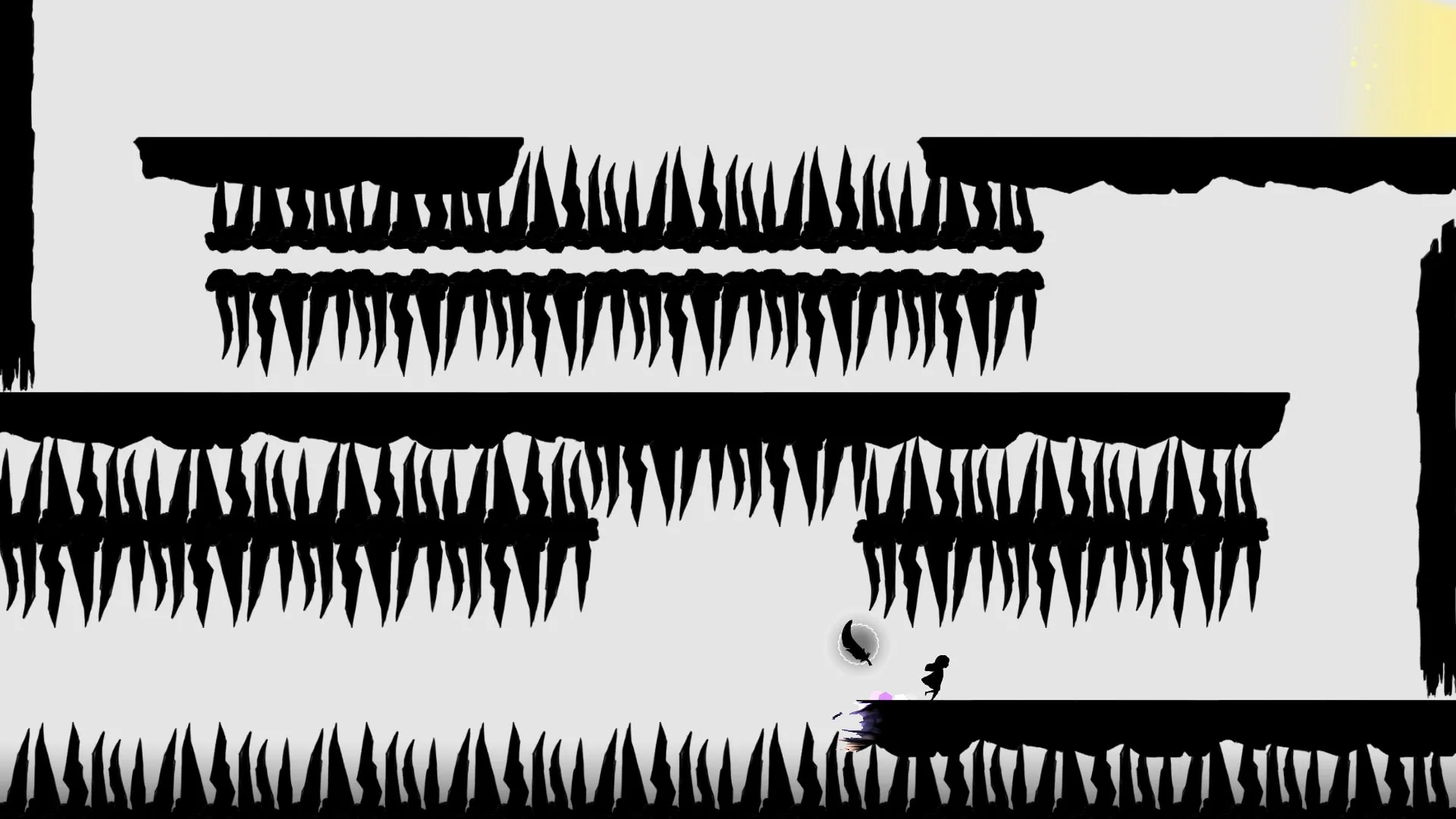
EMMA: Lost in Memories – A Fading Beauty
Contents
The shadow of Celeste looms large over the 2D platformer genre. Standing out in a crowded market requires truly exceptional game design. While achieving Celeste‘s masterpiece status is a herculean task, hidden gems with innovative ideas and captivating gameplay often go unnoticed. EMMA: Lost in Memories might just be one of those overlooked treasures. While a perfect comparison between the two is impossible, the parallels are striking enough to warrant discussion. EMMA: Lost in Memories‘ greatest strength is ironically also Celeste‘s, and a simple swap of these strengths would leave one a masterpiece, and the other…well, just a game. What is this crucial strength, and why does EMMA fall short of Celeste‘s brilliance?
 EMMA: Lost in Memories
EMMA: Lost in Memories
What You’ll Dislike
Before delving into the game’s strengths, let’s address its weaker aspects: the narrative, visuals, and audio. The story follows Emma, a girl chasing a white owl into a surreal world, with a narrative described by the developers as a “subtle allusion to memory loss.” Ironically, the story itself is forgettable. Told through on-screen text, the narrative revolves around the girl chasing the ever-elusive owl. While not inherently without merit, its presentation is lackluster, leaving little impact on the player.
This lack of impact extends to the visuals. The game features two graphical layers: the foreground (characters, interactable objects) and the background (static images). While the foreground is adequate, the backgrounds, seemingly upscaled from a 960×540 resolution, appear pixelated on higher-resolution displays. The limited variety of environments (grasslands, icy landscapes, and dark caves) further contributes to the underwhelming visual experience. Despite the “hand-drawn” aesthetic, the graphics fail to impress.
Finally, the audio. A mere eleven music tracks are used throughout the entire game, with some variations sharing similar melodies but differing tempos. The limited soundtrack lacks variety and fails to enhance the gameplay experience. These weaker supporting elements prevent EMMA from reaching Celeste‘s heights. A compelling story, captivating music, and visually rich environments are crucial for a truly immersive experience.
 EMMA: Lost in Memories
EMMA: Lost in Memories
What You’ll Love
The core gameplay mechanic is where EMMA: Lost in Memories truly shines. The world literally fades as you interact with it. Platforms and objects disintegrate upon contact, creating a unique and challenging experience. Each level is a puzzle, requiring precise timing and strategic movements. Emma possesses three abilities, but their availability is restricted per level, adding another layer of complexity. Collecting feathers within each level adds an optional but rewarding challenge. The ever-disappearing world leaves no room for error. One misstep requires starting over. Completing a level is just the beginning; collecting the feather is the true test of skill.
 EMMA: Lost in Memories
EMMA: Lost in Memories
 EMMA: Lost in Memories
EMMA: Lost in Memories
The constant threat of failure creates a compelling loop. You’ll fall, repeatedly, but the urge to try again remains strong. Each attempt reveals a new path, a new strategy. With roughly 150 levels, including story levels and Memory Chest challenges, the game offers a substantial amount of content.
EMMA echoes Celeste‘s level design philosophy. Both games feature compact, challenging levels demanding precision and rewarding perseverance. However, EMMA‘s controls lack Celeste‘s responsiveness, and keyboard players cannot adjust difficulty in Memory Chest mode. These are minor issues easily addressed with updates.
The bigger problem is the stark contrast between the brilliant core mechanic and the underwhelming supporting elements. EMMA lacks the compelling narrative, captivating soundtrack, and diverse environments that elevate Celeste to masterpiece status. This contrast, coupled with the similarities in gameplay, inevitably draws unfavorable comparisons to Celeste.
 EMMA: Lost in Memories
EMMA: Lost in Memories
Conclusion
EMMA: Lost in Memories is not a bad game. Its core gameplay is innovative and engaging. Its shortcomings lie in the underwhelming supporting elements. The unfortunate reality is Celeste‘s existence overshadows EMMA in nearly every aspect. If you’ve played or plan to play Celeste, you might find EMMA a less satisfying experience. However, for those seeking a unique and challenging platformer with a novel mechanic, EMMA: Lost in Memories is worth exploring.
Game Information
- Developer: SandBloom Studio
- Publisher: SandBloom Studio
- Genre: Adventure
- Release Date: August 16, 2019
- Platforms: PC | iOS | Android
Minimum System Requirements
- OS: Windows 7 32-bit
- CPU: Intel Pentium G2020
- RAM: 4 GB
- VGA: NVIDIA GeForce GTX 210
- DirectX: 11
- HDD: 128 MB
Test System Configuration
- OS: Windows 10 Pro 64-bit
- CPU: Ryzen R7 1700 @ 3.7 GHz
- RAM: 16 GB
- VGA: MSI Rx Vega 56 Airboost
- SSD: Samsung 950 Pro 256GB





Comments (0)